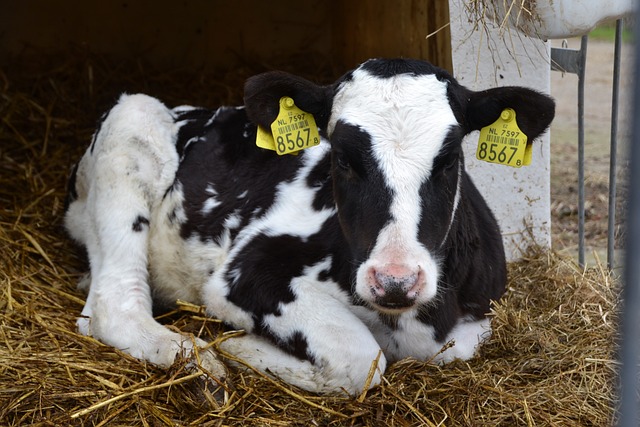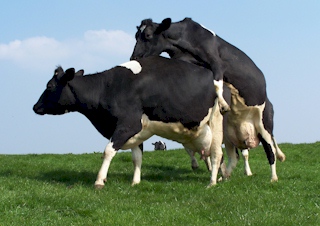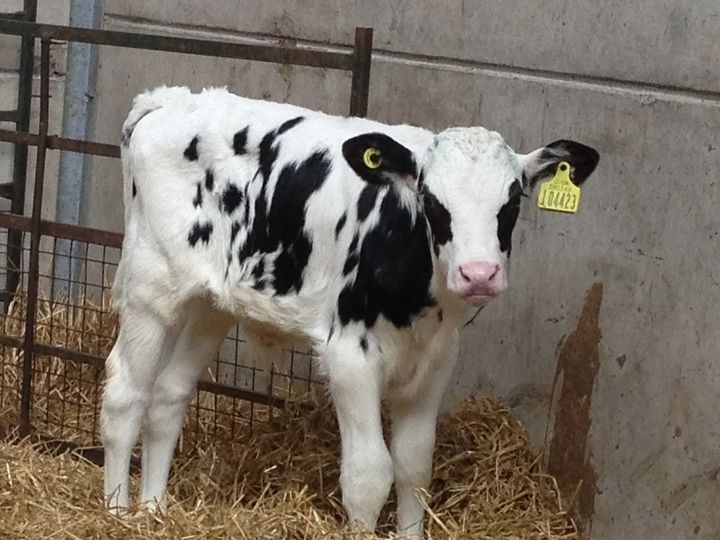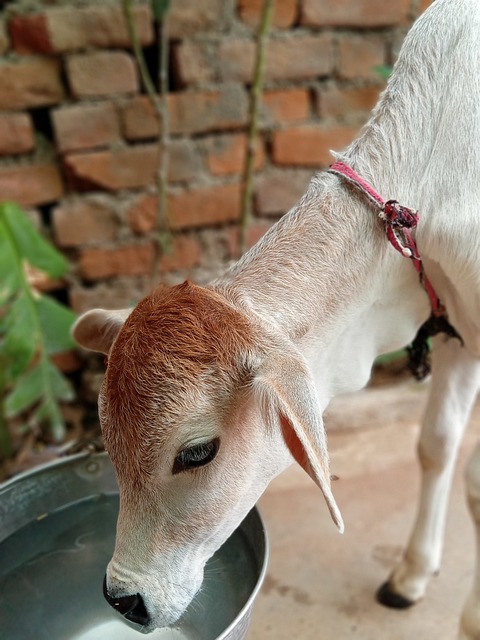Pneumonia, a lower respiratory tract infection involving the lungs, is a significant health issue in livestock. Unlike infections in the upper airways, pneumonia targets the lungs and is often the result of a downward progression from infections in the upper respiratory tract (throat, windpipe, bronchial tubes) or the failure of mechanisms designed to protect the lungs. Damage to the windpipe lining, often caused by viruses, smoke, or dust, can allow infection to take hold. Occasionally, systemic infections spread to the lungs via the bloodstream. Pneumonia is usually more severe than upper respiratory infections and poses a greater risk of being life-threatening. While it can affect cattle of all ages, it is most common and deadly in calves.
Causes of Pneumonia
Several factors can lower an animal’s immune defenses, increasing the risk of pneumonia. These include:
– Stress from bad weather and extreme temperature changes
– Weaning, transport, and overcrowding
– Mixing animals from different sources
– Other illnesses, such as scours
– Nutritional deficiencies
Many pathogens that cause pneumonia are ubiquitous in the environment, with numerous cattle carrying bacterial pathogens in their upper respiratory tract without falling ill. These pathogens may reach the lungs but are typically expelled or neutralized by the immune system. Some viral pathogens produce mild symptoms on their own but can cause severe, sometimes fatal, disease when combined with other viral or bacterial pathogens and stress.
Young Calves with Pneumonia
Calves in drafty or humid barns are especially susceptible to pneumonia. Dirty bedding saturated with urine and manure emits ammonia fumes that irritate the lungs, paving the way for opportunistic pathogens. Calves gain immunity against some pathogens if they ingest adequate colostrum at birth, absorbing antibodies from the dam. Calves that do not receive colostrum (or do not nurse soon enough to absorb antibodies) lack this protection, making them more vulnerable to pneumonia.
Symptoms
Symptoms of pneumonia in livestock include:
– Loss of appetite and general dullness
– Depression and prolonged lying down
– Hunched posture when standing
– Drooping ears and rapid or labored respiration
– Coughing or noisy breathing
– Nasal and eye discharges (clear or thick)
– Slow movement due to pain
– Difficulty breathing in severe cases, possibly with open-mouth breathing or grunting as air is forced from the impaired lungs
– Fever, which can indicate the type of pneumonia: up to 104°F for bacterial pneumonia, and 106°F (41.1°C) or higher for viral pneumonia, including severe cases like BRSV infection
Treatment
Antibiotics are commonly administered to animals suffering from respiratory diseases to combat bacterial infections and alleviate symptoms.
Control
Effective control measures to prevent pneumonia in livestock include:
– Reducing stress from bad weather and extreme temperature changes
– Proper weaning practices and minimizing transport and overcrowding
– Avoiding mixing animals from different sources
– Managing other illnesses, such as scours
– Ensuring proper nutrition and adequate colostrum intake in calves
– Implementing vaccination programs to boost immunity against specific pathogens
By addressing these factors, livestock producers can significantly reduce the incidence and severity of pneumonia in their herds, ensuring healthier animals and minimizing economic losses.





